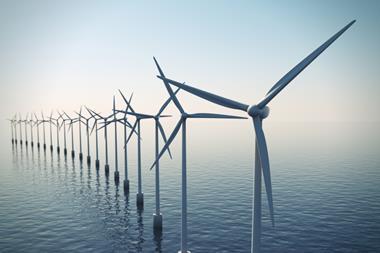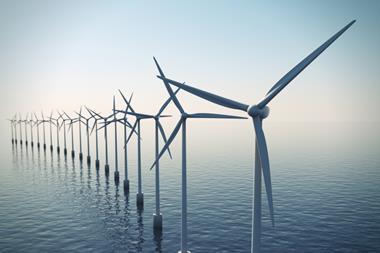The €187bn Dutch healthcare scheme PFZW has started investing in green bonds as part of its plan to quadruple its sustainable investments to €20bn by 2020.
In its annual report for 2016, PFZW said it had invested in ABN Amro and Alliander green bonds with proceeds backing energy-efficient buildings and thermal grids, a form of geothermal energy production.
The Netherlands’ second-largest pension fund said it had also invested in food security through credit from fertiliser manufacturer Eurochem, and in green projects in Brazil through Latin American paper producer Suzano Papel e Celulose.
The investments come amid rapidly growing interest in the asset class. Nikko Asset Management has estimated that the green bond market could double in size to $400bn (€366bn) by the end of this year, and could exceed $1.2trn by 2020 if it continues on this growth trajectory.
It is also taking part in a joint venture with Vantage London, which redevelops offices and aims to significantly increase energy efficiency.
Last year, PFZW started implementing a 50% reduction of carbon emissions from its equity holdings, to be completed in 2020. It said this year it would look at the reduction potential of its alternative equity, property, and credit allocations.
The scheme added that it had transferred part of its responsible investment team to its asset manager, PGGM, in order to increase PGGM’s sustainability expertise.
The healthcare pension fund reported a net return of 12% for the year, with equity and private equity generating 13% and 14.6% respectively. Private real estate returned 9.4% and infrastructure yielded 7.3%.
PFZW said credit and high yield delivered 11% together, while structured credit gained 21.7%. Securities and credit investments had benefited from a strong US dollar, the fund said.
Meanwhile, equity, property, and infrastructure received an additional boost from improving economic prospects as well as low interest rates, it added.
The scheme made clear that its credit investments had “maximum tailwind”, benefiting from low and falling interest rates, narrowing spreads, and limited defaults.
With a yield of 22.4%, commodities was the best returning asset class, thanks to rising oil prices. The scheme also attributed a 12.3% return on emerging market debt to dropping interest rates and appreciating local currencies.
Fixed income produced 13.7% as an effect of declining interest rates on government bonds and interest swaps.
PFZW explained that its 0.5% allocation to mortgages gained from movements between the moment of quote acceptance and the execution of the mortgage contract, leading to a return of 9.5%.
The scheme indicated that it had driven down asset management costs to 0.46%, a reduction of one-quarter since 2013. Transaction costs stood at 10.3 basis points.
It made clear that reducing its administration costs of €67.90 per participant was hampered by costs following new legislation, stricter supervision, and new ICT systems. PFZW said it expected a reduction to €60 by 2020, rather than the planned €58 by next year.
The healthcare pension fund also said that it had replaced indexation based on salary inflation with consumer index-linked inflation compensation, and that it would no longer invest with the aim of providing indexation in arrears.











No comments yet